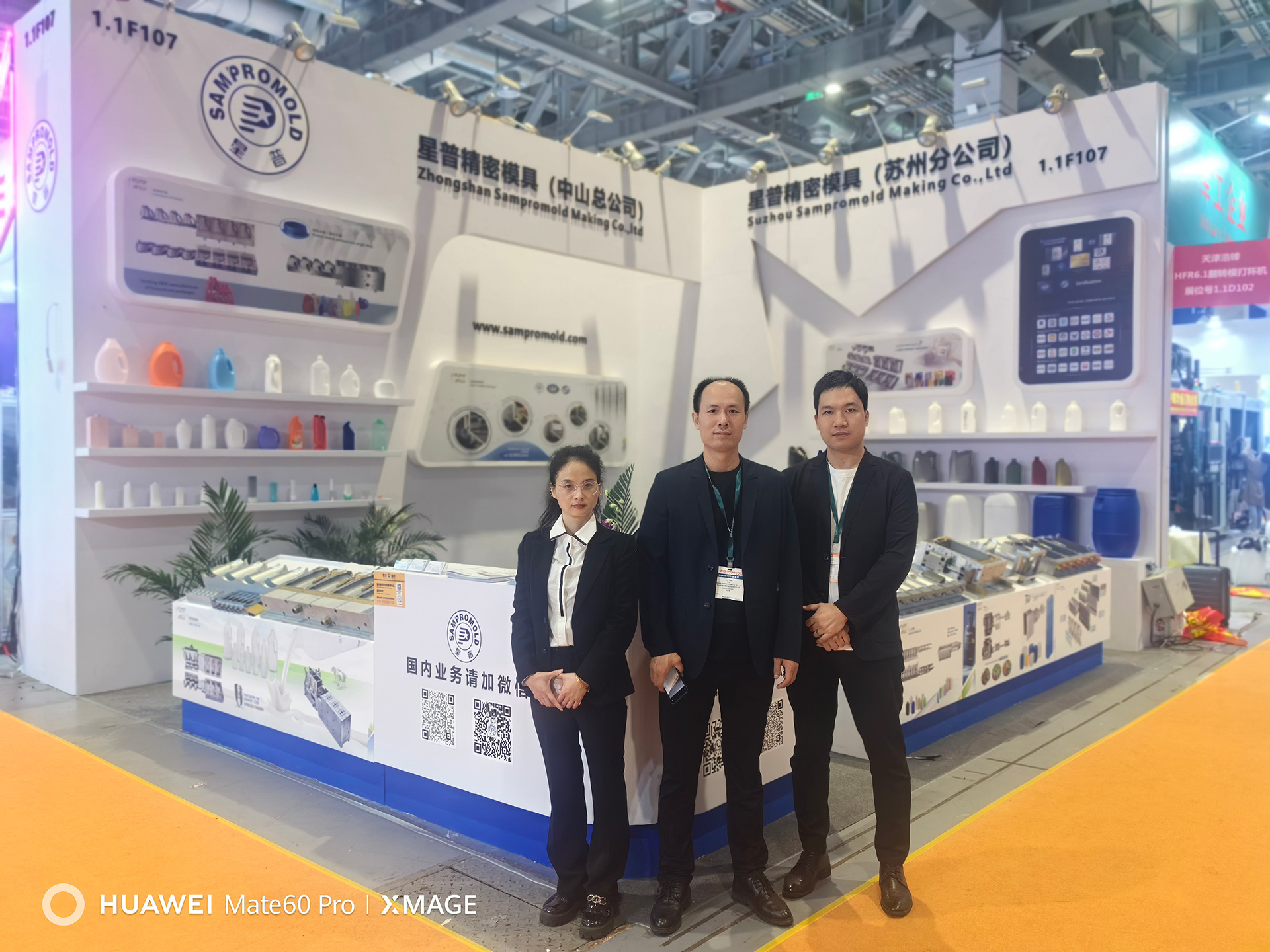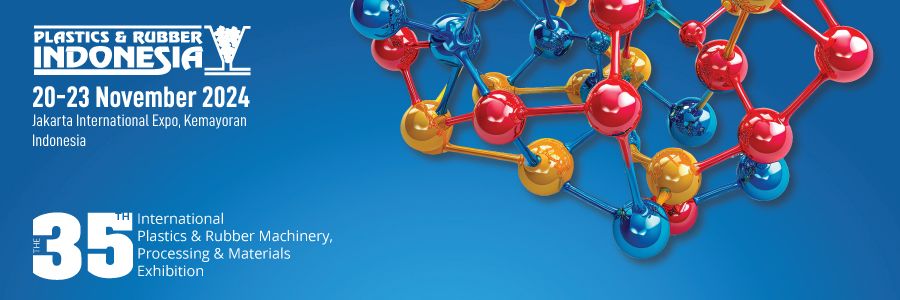Unlock Savings with Discount 3D Printed Injection Molds: A Comprehensive Guide
Time:
2025-07-16
Unlock Savings with Discount 3D Printed Injection Molds
Introduction to 3D Printed Injection Molds
In the world of manufacturing, efficiency and cost-effectiveness are paramount. **3D printed injection molds** represent a significant advancement in this realm, providing manufacturers with an innovative solution to traditional molding practices. This article delves deep into the benefits and applications of **discount 3D printed injection molds**, demonstrating how they can unlock substantial savings for businesses in the manufacturing sector.
The Advantages of 3D Printed Injection Molds
Cost-Effectiveness of 3D Printing
One of the most compelling reasons to consider 3D printed injection molds is their cost-effectiveness. Traditional mold-making processes often involve significant expenses, including materials, labor, and machinery. In contrast, **3D printing** allows for a reduction in material waste and manufacturing time, leading to lower overall costs.
Rapid Prototyping Capabilities
Another advantage is the ability to create rapid prototypes. With **3D printing technology**, manufacturers can quickly produce molds, test designs, and make necessary adjustments, minimizing delays and enhancing productivity.
Customization and Flexibility
Custom molds tailored to specific products can be easily designed and manufactured using 3D printing. This flexibility allows businesses to respond swiftly to market demands and develop unique products, giving them a competitive edge.
Material Variety in 3D Printing
3D printing offers a range of materials, from plastics to metals, enabling manufacturers to choose the best option for their application. This versatility enhances the strength and durability of the molds produced.
How Discount 3D Printed Injection Molds Work
The 3D Printing Process
Understanding the **3D printing process** is essential for manufacturers looking to adopt this technology. The process begins with a digital design file, which is then sliced into layers. A 3D printer builds the mold layer by layer, allowing for intricate designs and complex geometries that traditional methods cannot achieve.
Types of 3D Printing Technologies
There are several types of 3D printing technologies suitable for creating injection molds, including:
- **Fused Deposition Modeling (FDM)**: This technology uses thermoplastic filaments to create mold layers.
- **Stereolithography (SLA)**: Utilizing a UV light source, SLA hardens liquid resin into solid layers.
- **Selective Laser Sintering (SLS)**: This method uses a laser to fuse powdered material, creating robust molds.
Each technology comes with its own set of advantages, making it crucial for manufacturers to choose the right one for their specific needs.
Cost-Saving Potential of 3D Printed Injection Molds
Initial Investment vs. Long-Term Savings
While the initial investment in a 3D printer may seem daunting, the long-term savings are substantial. Reduced material costs, lower labor expenses, and decreased lead times contribute to a more efficient manufacturing process.
Minimizing Waste and Reducing Material Costs
**3D printing** dramatically reduces waste generated in the traditional mold-making process. By using only the material needed for production, businesses can see significant cost reductions over time.
Lower Labor Costs
The automation of the 3D printing process results in lower labor costs, as fewer personnel are needed for manufacturing and assembly. This efficiency helps businesses allocate their resources more effectively.
Applications of Discount 3D Printed Injection Molds
Industries Benefiting from 3D Printed Molds
Various industries are now leveraging the advantages of **3D printed injection molds**, including:
- **Automotive**: Creating complex components with weight-saving designs.
- **Consumer Products**: Rapidly producing prototypes for market testing.
- **Medical Devices**: Manufacturing custom molds for specialized equipment.
- **Aerospace**: Designing lightweight components to enhance efficiency.
Case Studies of Successful Implementations
Several companies have successfully adopted **discount 3D printed injection molds**. For instance, an automotive manufacturer reduced costs by 40% through the use of 3D printed molds, showcasing how this technology can lead to significant savings and improved product development timelines.
Challenges and Considerations When Using 3D Printed Injection Molds
Material Limitations
Despite the advantages, there are challenges associated with **3D printed injection molds**. One notable issue is the limitation of materials. Not all materials are suited for high-temperature applications, which may restrict their use in certain industries.
Quality Assurance and Testing
Quality control is essential to ensure that the molds produced meet industry standards. Manufacturers must invest in testing and quality assurance processes to guarantee the reliability of their molds.
Maintenance of 3D Printers
Regular maintenance of 3D printers is necessary to ensure consistent output quality. Neglecting this aspect can lead to production delays and increased costs.
Choosing the Right Provider for Discount 3D Printed Injection Molds
Evaluating Expertise and Experience
Selecting a provider for **discount 3D printed injection molds** requires careful consideration. Look for companies with extensive experience in the field and a proven track record of successful projects.
Assessing Capabilities and Technology
Understanding the capabilities of the provider’s technology is crucial. Assess whether they utilize the latest printing technologies and materials to meet your specific needs.
Customer Support and Service
Reliable customer support is essential when working with a provider of 3D printed molds. Ensure that they offer comprehensive assistance throughout the design, production, and post-production phases.
Getting Started with Discount 3D Printed Injection Molds
Steps to Implementation
To integrate **discount 3D printed injection molds** into your manufacturing process, follow these steps:
1. **Research Providers**: Identify and evaluate potential suppliers based on their expertise and technology.
2. **Define Your Needs**: Clearly outline your project requirements, including material selection and design specifications.
3. **Request Samples**: Always request samples to evaluate the quality and functionality of the molds.
4. **Begin Production**: Once satisfied, initiate the production process, ensuring close communication with your provider.
Final Thoughts on Transitioning to 3D Printed Injection Molds
Transitioning to **3D printed injection molds** can be a game-changer for manufacturers seeking to reduce costs and enhance efficiency. The technology not only unlocks savings but also opens doors to innovation and customization in product design.
FAQs about Discount 3D Printed Injection Molds
What are discount 3D printed injection molds?
Discount 3D printed injection molds are molds produced using 3D printing technology at reduced costs. They offer an economical alternative to traditional mold-making processes, enabling manufacturers to save money while maintaining high quality.
How do 3D printed molds compare to traditional molds?
3D printed molds can be produced faster and with less material waste than traditional molds. They also allow for greater customization and rapid prototyping, making them a more flexible option.
What industries can benefit from 3D printed injection molds?
Industries such as automotive, consumer products, medical devices, and aerospace can significantly benefit from 3D printed injection molds due to their cost-effectiveness and ability to produce complex designs.
Are there any limitations to using 3D printed molds?
Yes, there are limitations, including material restrictions and the need for rigorous quality assurance. Not all materials are suitable for high-temperature applications, and quality control is essential to ensure mold reliability.
How can I find a reliable provider for 3D printed injection molds?
Research potential providers by evaluating their expertise, technology capabilities, and customer support. Request samples and case studies to ensure they can meet your specific needs.
Conclusion
In conclusion, **discount 3D printed injection molds** represent a significant opportunity for manufacturers looking to enhance their efficiency and reduce costs. By understanding the advantages, applications, and potential challenges associated with this technology, businesses can make informed decisions that propel them into the future of manufacturing. As the industry continues to evolve, embracing 3D printing will not only unlock savings but also foster innovation and growth in product development.
RELATED NEWS












